Poging GOUD - Vrij
A NEW DAY FOR THE ANCESTORS' MOUNDS
Archaeology
|July/August 2023
In fall 2007, Glenna Wallace, chief of the Eastern Shawnee Tribe of Oklahoma, visited the Octagon Earthworks in the central Ohio city of Newark while attending a lecture series at the Ohio State University in nearby Columbus.

Wallace is a seasoned world traveler, but she was nevertheless astounded by the Native American mounds, which were built 2,000 years ago by her people's ancestors. The eight walls of the Octagon Earthworks' namesake structure each measure five to six feet high and about 570 feet long. The Octagon Earthworks are part of the Newark Earthworks, the largest known set of earthworks that include circular, square, and octagonal enclosures. The mounds' positions correspond to lunar movements, and the structures align with points at which the moon rises and sets over the course of the 18.6-year lunar cycle.
Tempering Wallace's elation that day was the reception she received as she proceeded across the golf course where the mounds are situated. Irate golfers made it clear that she wasn't welcome on the grounds, which, under a decades-old arrangement with the state, were open only on rare occasions to visitors interested in the earthworks. "I was just totally astounded, amazed, disappointed, hurt, all within five minutes," Wallace says.
Dit verhaal komt uit de July/August 2023-editie van Archaeology.
Abonneer u op Magzter GOLD voor toegang tot duizenden zorgvuldig samengestelde premiumverhalen en meer dan 9000 tijdschriften en kranten.
Bent u al abonnee? Aanmelden
MEER VERHALEN VAN Archaeology
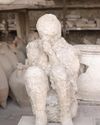
Archaeology
LEGEND OF THE CRYSTAL BRAIN
When most people envision the victims of the eruption of Mount Vesuvius in A.D. 79 that destroyed the cities of Pompeii and Herculaneum, they think of the casts of their bodies made by pouring plaster into voids left by their decaying corpses. Yet not all the physical remains of those who perished in the cataclysm decayed. In one case, a remarkable transformation occurred—a man’s brain turned to glass.
3 mins
July/August 2025
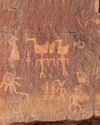
Archaeology
Birds of a Feather
Intriguing rock art in the Four Corners reveals how the Basketmaker people drew inspiration from ducks 1,500 years ago
8 mins
July/August 2025
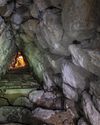
Archaeology
THE HOME OF THE WEATHER GOD
In northern Anatolia, archaeologists have discovered the source of Hittite royal power
13 mins
July/August 2025
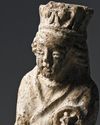
Archaeology
SAINTS ALIVE
Since 2019, archaeologists have been excavating in Berlin's oldest square, known as the Molkenmarkt, or Whey Market.
1 min
July/August 2025

Archaeology
SOLDIERS OF ILL FORTUNE
The Schmalkaldic War, which began in 1546 and lasted less than a year, pitted the forces of the Holy Roman emperor Charles V (reigned 1519-1556) against the Schmalkaldic League, a Protestant alliance formed by German principalities and cities within the empire.
1 mins
July/August 2025

Archaeology
A NEW LOOK AT AN OLD CITY
Archaeologists are reconstructing the complicated 400-year history of Virginia's colonial capital
13 mins
July/August 2025
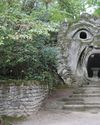
Archaeology
ITALY'S GARDEN OF MONSTERS
Why did a Renaissance duke fill his wooded park with gargantuan stone
10 mins
July/August 2025
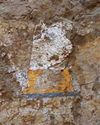
Archaeology
In Search of Lost Pharaohs
Anubis Mountain conceals the tombs of an obscure Egyptian dynasty
3 mins
July/August 2025
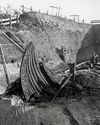
Archaeology
Setting Sail for Valhalla
Vikings staged elaborate spectacles to usher their rulers into the afterlife
15 mins
July/August 2025
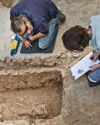
Archaeology
BOUND FOR HEAVEN
During excavations of a Byzantine monastery in 2017 just north of Jerusalem's Old City, a team led by Israel Antiquities Authority archaeologists Zubair 'Adawi and Kfir Arbiv discovered an unusual burial in a crypt beneath the altar of the complex's church.
1 mins
July/August 2025
Translate
Change font size
